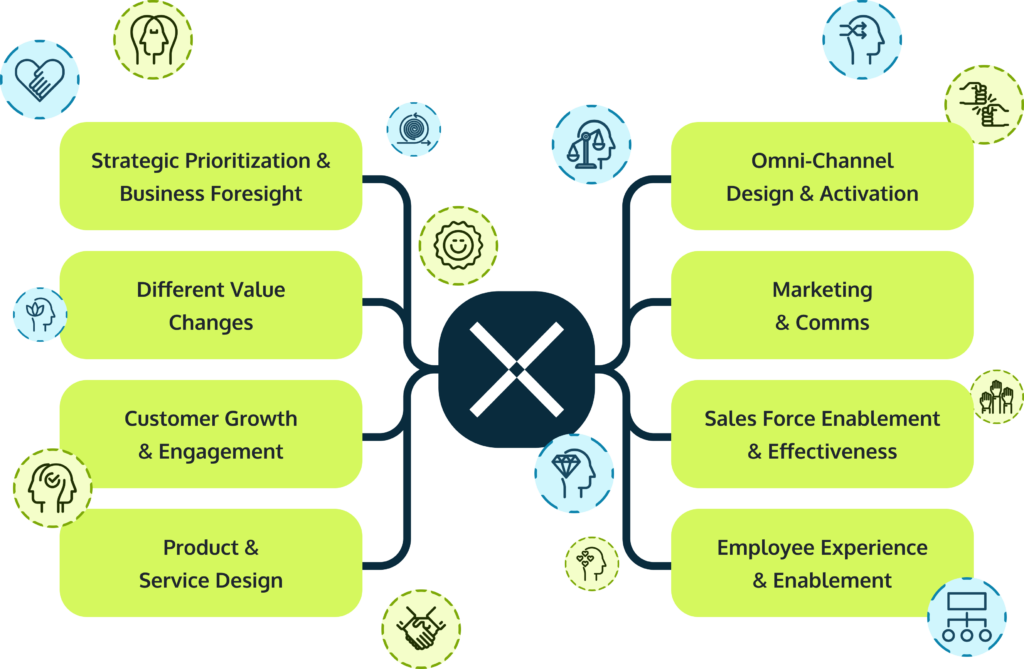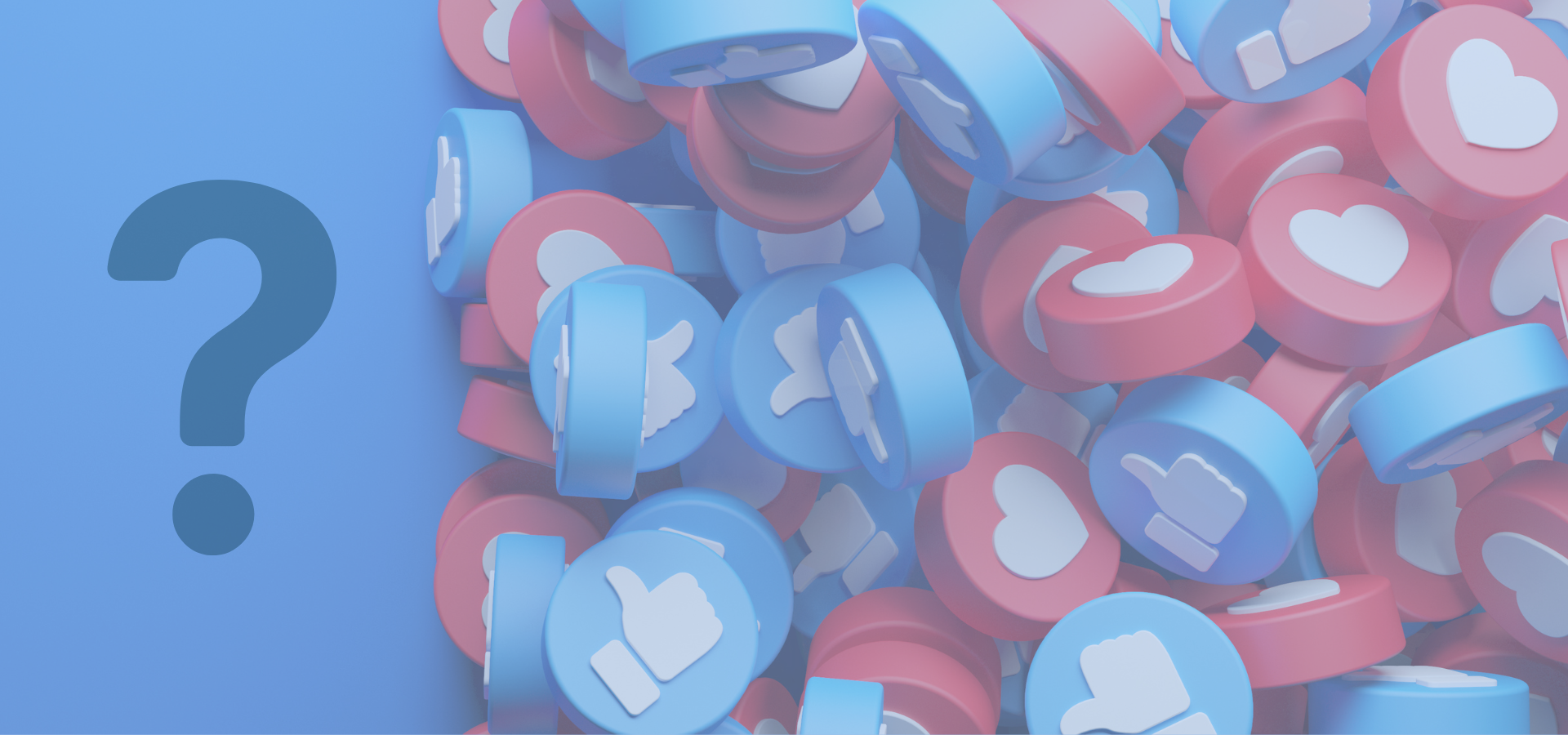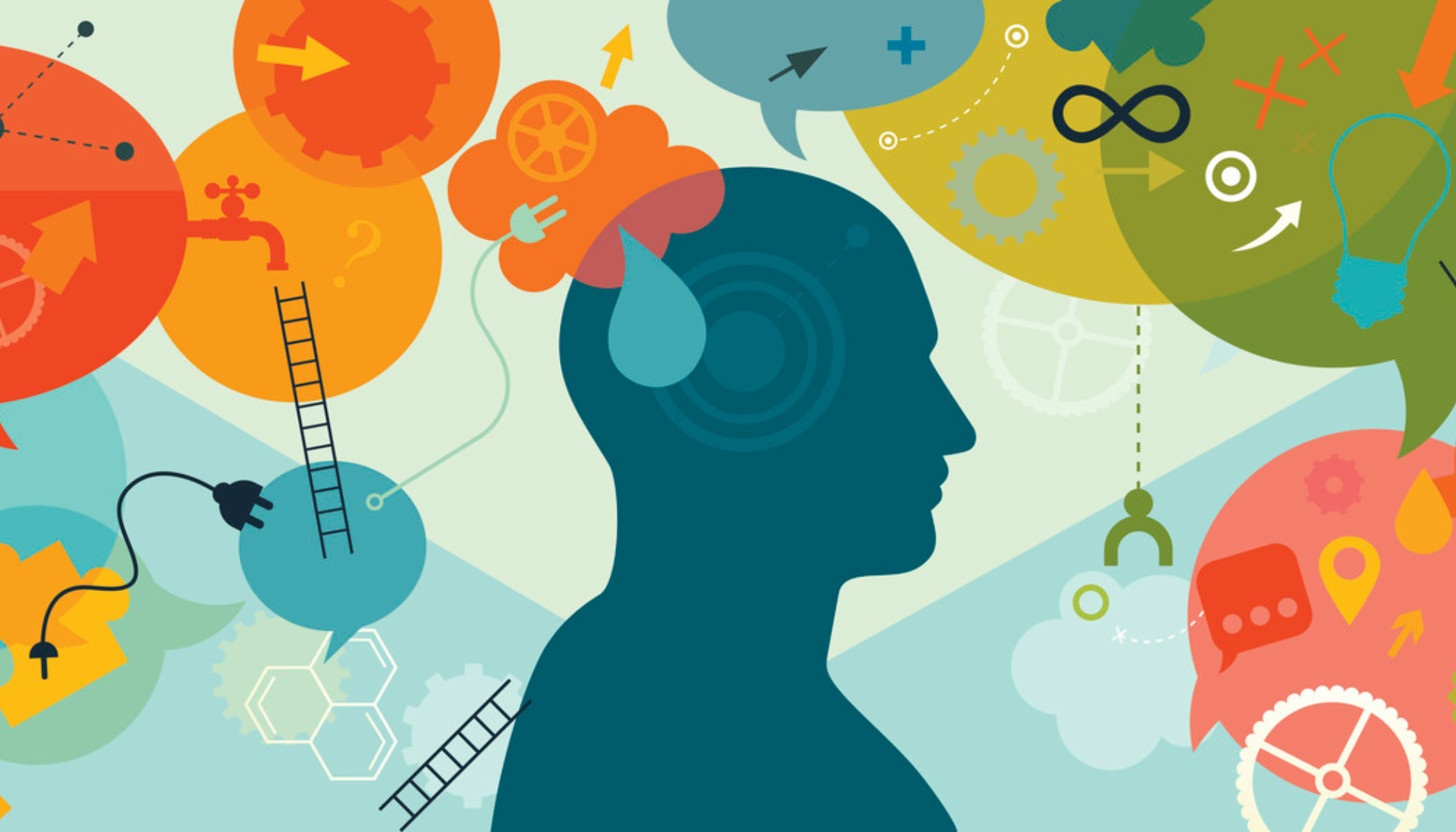What Readers Will Learn:
- The benefits of merging transactional and behavioral data in loyalty programs.
- How understanding emotional and rational consumer drivers can optimize loyalty strategies.
- The importance of ongoing behavioral insights in adapting to shifting consumer preferences.
- How loyalty programs can influence not just customer retention, but also broader business and CX strategies.
Loyalty programs have been a cornerstone of marketing for decades, consistently delivering value through the collection and analysis of transactional data. By capturing every purchase, interaction, and engagement, loyalty program owners have amassed a treasure trove of information that helps them incentivize consumers across their entire journey—from acquisition to growth, retention, and even win-back strategies. The ultimate goal: profitably altering consumer behavior.
However, traditional loyalty programs have primarily focused on transactional data—what consumers buy and when. While this data is invaluable, it tells only half the story. The real magic happens when transactional loyalty is combined with behavioral loyalty—understanding the “why” behind a consumer’s purchases. Why do they choose your brand over a competitor? What emotional or rational desires drive their decisions?
This is where true marketing power lies. When you combine the data on what consumers are buying with insights into their behavioral motivations, you create a powerful tool for influencing consumer decisions in a much deeper, more personalized way.
The Apex Desires Framework: A New Approach to Behavioral Loyalty

Apex has pioneered a cutting-edge “desires framework” that helps brands move beyond surface-level transactional data by examining and prioritizing 16 distinct emotional and rational desires that drive consumer behavior. This framework allows companies to understand why customers make purchases, which in turn helps them craft more targeted and effective loyalty strategies.
For instance, two customers might buy the same product, but their underlying motivations could be completely different—one might be driven by a desire for convenience, while the other is seeking social status. Understanding these motivations enables brands to communicate more effectively with each consumer segment and tailor their offers in a way that resonates on a deeper level.
Combining Transactional and Behavioral Loyalty: A Winning Formula
To fully grasp the impact of combining transactional and behavioral loyalty, let’s consider a real-world example: the 2024 Paris Summer Olympics. Three leading Canadian companies—Air Canada, Petro-Canada, and RBC—were official sponsors of the Olympics and launched exceptional campaigns tied to the event. Each of these brands also manages robust loyalty programs that segment their customers based on various factors, including value.
Now, imagine analyzing these segments across three distinct time frames: pre-Olympics, during the Olympics, and post-Olympics. The transactional data would reveal how each customer segment behaved—when and how often they made purchases, and how their engagement with the brand changed throughout the event.
But what if we took this analysis a step further by incorporating behavioral insights? What emotional or rational desires motivated customers to engage more with the brand during the Olympics? Was it a sense of national pride? A desire for exclusivity? Or perhaps a feeling of community and belonging that drove them to participate in the Olympics-themed campaigns?
By analyzing the intersection of transactional data and behavioral desires, brands can uncover invaluable insights into what truly drives incremental sales. These insights not only enhance the effectiveness of loyalty programs but also provide guidance on how to manage consumer touchpoints more effectively throughout the customer journey.
The Value of Ongoing Behavioral Insights
One of the key benefits of understanding behavioral loyalty is that it equips brands with the ability to respond quickly and effectively to shifting market conditions. For instance, when competition heats up, economic conditions fluctuate, or seasonal factors come into play, consumer behavior can change dramatically. An ongoing understanding of the desires that drive your customers allows you to pivot your strategy, adjust your messaging, and adapt your loyalty program to meet these new challenges.
Behavioral insights are not static—they evolve with the market, the economy, and individual consumer preferences. By continuously monitoring and analyzing these changes, brands can stay ahead of the curve, ensuring that they are always in tune with what their customers need and want.
A New Era for Loyalty Programs
Relying solely on transactional data is no longer enough to build impactful loyalty programs. To truly influence consumer behavior and maximize the value of these programs, brands must also understand the emotional and rational drivers behind their customers’ decisions.
With tools like Apex, brands can unlock the full potential of loyalty programs by merging the “what” and “why” of consumer behavior. This dual approach not only strengthens loyalty initiatives but also positions these programs as key indicators of holistic customer experience (CX). Insights drawn from both transactional and behavioral data can guide broader operational strategies, helping brands optimize customer touchpoints, better understand shifting needs, and adapt to emerging market trends. This ensures that their CX strategy remains agile and responsive. Brands that embrace this comprehensive approach will not only strengthen customer relationships but also position themselves for sustainable growth.

Discover CX Innovation
Leave traditional market research behind and unlock the transformative potential of data-driven decision-making.




